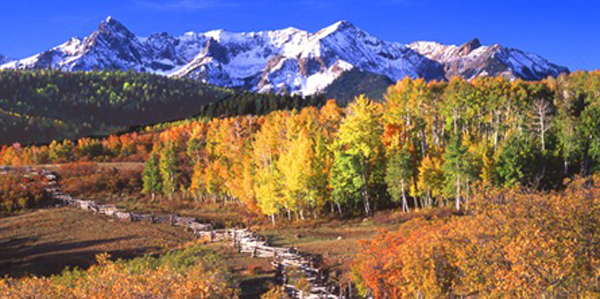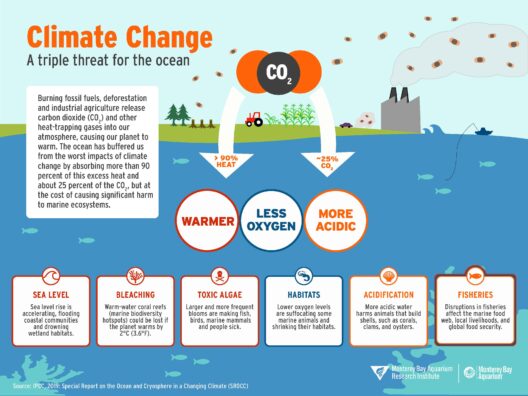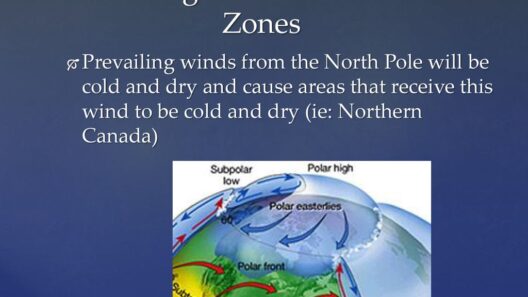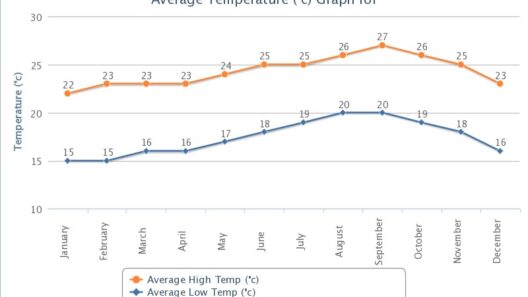The Rocky Mountains, or Rockies, extend over 3,000 miles from Canada down to New Mexico, presenting a dramatic palette of grandeur, biodiversity, and an intricate climatic tapestry. This mere mention of the Rockies conjures images of towering peaks, verdant valleys, and pristine snowfall. But what truly defines the climate of this majestic range? Are you curious enough to explore the intricate dance between altitude and meteorological phenomena? Let’s embark on this journey to uncover the essence of the Rockies’ climate, focusing on its mountain peaks and snowfall.
The climate of the Rocky Mountains is characterized by its variability. Elevation plays a pivotal role, resulting in a wide array of climatic conditions across different altitudes. At lower elevations, typically below 6,000 feet, you will find a semi-arid climate, favored by grasslands and scrub. This contrasts sharply with the alpine climate nestled in the higher altitudes, where temperatures plummet significantly and conditions become harsh.
Speaking of elevation, you may ponder: What contributes to the stark temperature gradients witnessed in the Rockies? As elevation increases, the atmosphere becomes thinner, exerting less pressure on the air molecules. This phenomenon leads to a decrease in temperature, resulting in frigid conditions as you ascend towards the peaks. It is not unusual for the temperature near the summits to drop below freezing, even in the height of summer. Visitors often find themselves enchanted—and possibly challenged—by the unexpected chill that greets them at higher altitudes.
Additionally, altitude brings with it unique ecological zones. Above the tree line, often found around 11,000 to 13,000 feet, vegetation gives way to rocky outcrops and glaciers. Here, the climate becomes increasingly inhospitable, with fierce winds and scant precipitation. Yet, it is precisely this harshness that produces breathtaking landscapes and forms the habitat for specialized flora and fauna.
Snowfall in the Rocky Mountains is another alluring facet of its climate. The annual snowpack varies widely depending on the altitude and geographical location within the mountain range. In areas like the Colorado Rockies, snowfall can exceed several hundred inches each winter, transforming the landscape into a winter wonderland. Such immense snow accumulation not only enchants winter sports enthusiasts but also plays a crucial role in the hydrology of the region.
Consider this: how does this heavy snowfall contribute to the water supply for millions of people living downstream? The snow that blankets the Rockies during the winter months melts gradually in the spring, feeding rivers and lakes, and sustaining ecosystems and municipalities alike. However, fluctuations in snowfall due to climate change pose significant challenges. Will the majestic rivers continue to flow as they have always done, or are we on the brink of seeing a substantial shift?
The orographic effect, a meteorological phenomenon where moist air is lifted over mountains, is instrumental in precipitating the snowfall that graces the Rockies. As air masses ascend, they cool, condensing into snow particles that fall gracefully to the ground. The western slopes, particularly in places like Aspen and Steamboat Springs, tend to receive the lion’s share of this snow due to their favorable positioning against prevailing winds.
This distribution of snowfall is not uniform. The eastern slopes often experience a rain shadow effect, leading to significantly drier conditions. Mid-elevation areas might see a mix of rain and snow, adding another layer of complexity to the climate profile of the Rockies. While the western slopes revel in a bounty of snow, the eastern counterparts may struggle, raising questions about agricultural sustainability and water availability in these regions.
Examining the snow line—the elevation above which snow persists throughout the year—provides further insight into the Rockies’ climate. Generally situated around 10,000 to 12,000 feet, this line shifts due to global warming, leading to receding glaciers and a progressively more unpredictable water supply. Are we witnessing the advent of a new era for the Rockies, one where snow is less the norm and more the exception?
Moreover, the shift in climate patterns has implications for biodiversity. Species adapted to specific climatic conditions may face existential challenges if the temperature warms and ecosystems alter. The Rocky Mountains are home to an array of wildlife, including elusive creatures like the snow leopards and diverse bird species. A future with less snow or variable precipitation could disrupt habitat conditions and food sources, pushing some species towards extinction.
Thus, while the allure of the peaks and the shimmering snow may be captivating, it is essential to recognize the delicate balance upon which these ecosystems depend. Conservation efforts must take precedence to safeguard not only the stunning landscapes but also the intricate web of life they support. Engaging in sustainable practices, reducing greenhouse gas emissions, and embracing renewable energy sources are integral to preserving the Rocky Mountains for future generations.
In conclusion, the climate of the Rocky Mountains presents a myriad of challenges and wonders, from the icy peaks that captivate our senses to the torrents of snow that nourish our rivers. As we reflect on these intricacies, we find ourselves at a crossroads: will we witness the continued magnificence of the Rockies, or are we poised to witness a climatic transformation that could alter their legacy forever? The choice lies in our hands. Only through awareness and action can we hope to defend these epic landscapes against the specter of climate change.








